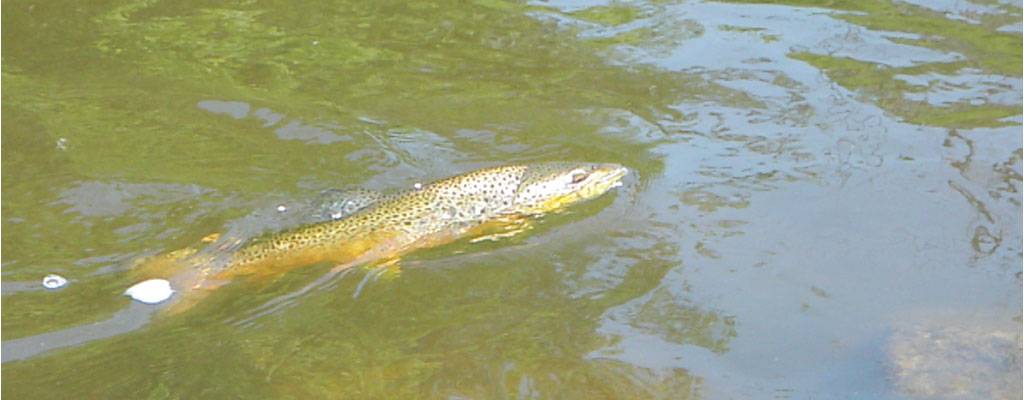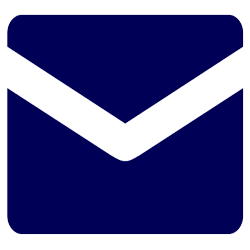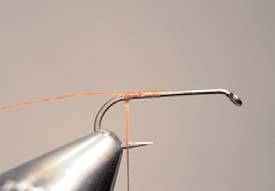
CDC Biot Spinner
by Ken Collins - May 02, 2007
Mayfly hatches are so much fun for dry fly enthusiasts. These generally larger insects attract even the smartest, wily old trout to the surface. The life cycle of the mayfly is exciting to watch also. For days prior and during the actual mayfly hatch of the time – the mature nymphs are moving around a great deal in fact sometimes to great distances from where they grew up (called biological drift). Fish of the river get to know real quick something big is about to happen. Now take the emerging duns and the various stages of these insects trying to escape their watery prisons that fish key into. Wow just how picky can a trout get – you won’t believe me even if I told you.
But now the easy part of the process - the returning last flight of the mayfly. This part of the mayfly life cycle usually occurs in the evening when the daytime light is dwindling. The fish can’t see as well and are much easier to fool. This CDC spinner is an excellent imitation of this awesome stage of the mayfly. There are countless spinner patterns available. I choose this biot body construction for the one reason - of dubbed patterns expand when wet. This increased diameter can be noted by the fish a lot easier then say a colour. I have experimented many times, many different ways to come to this conclusion and wish your dry fly evenings simular successes.















